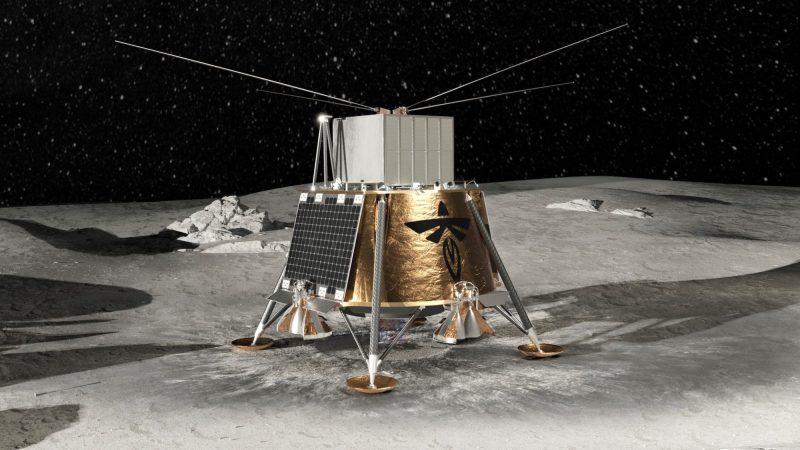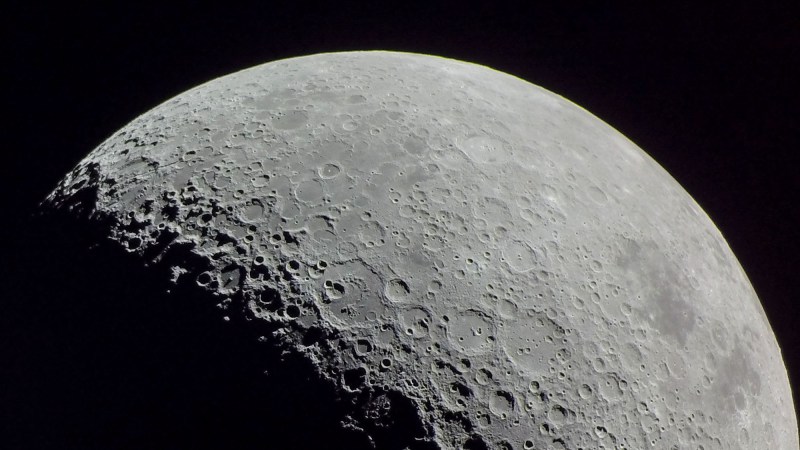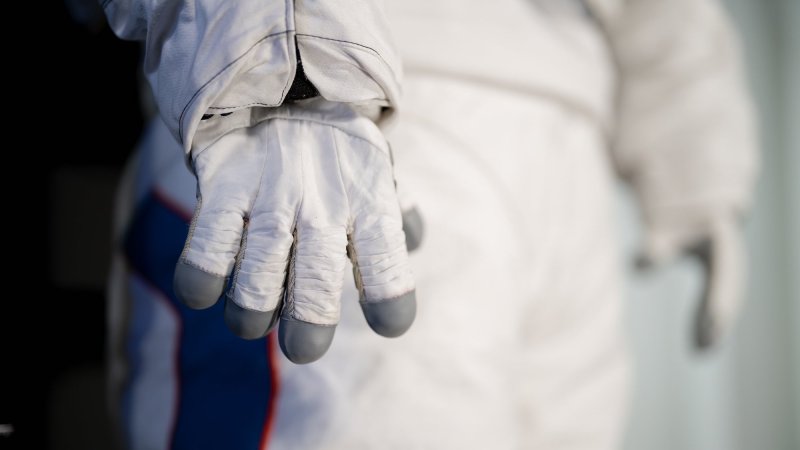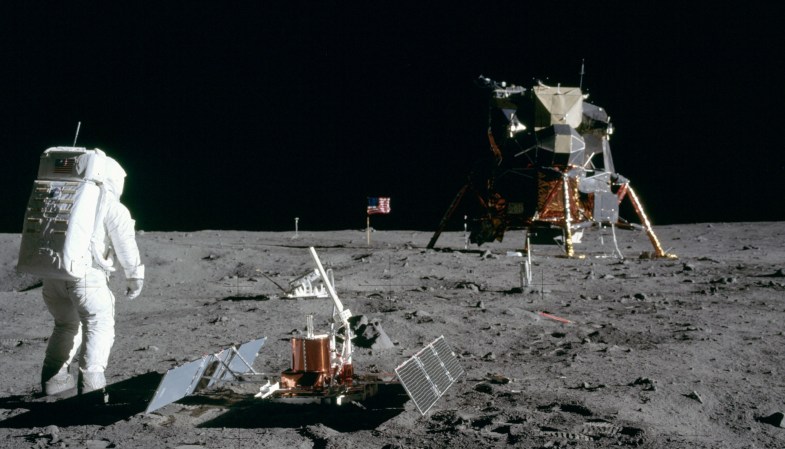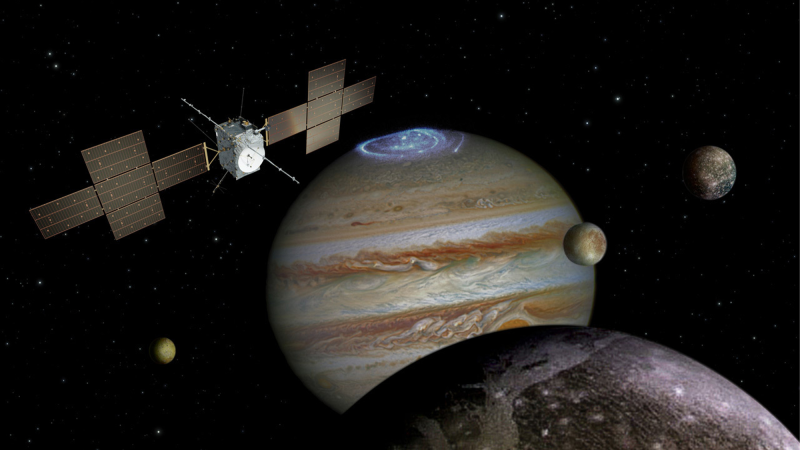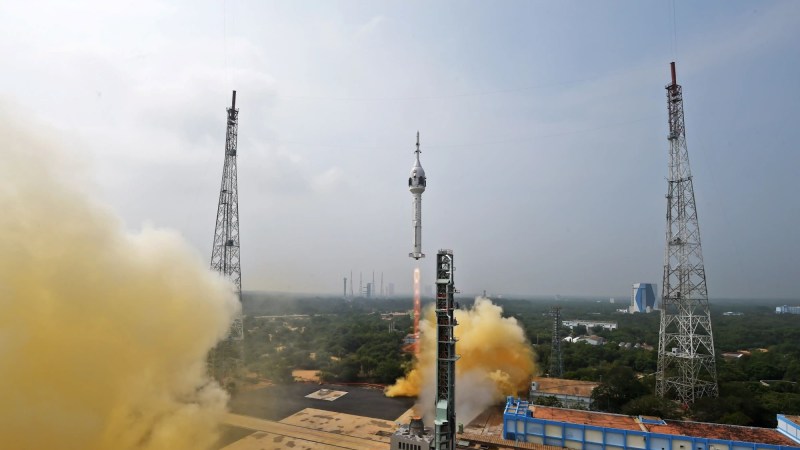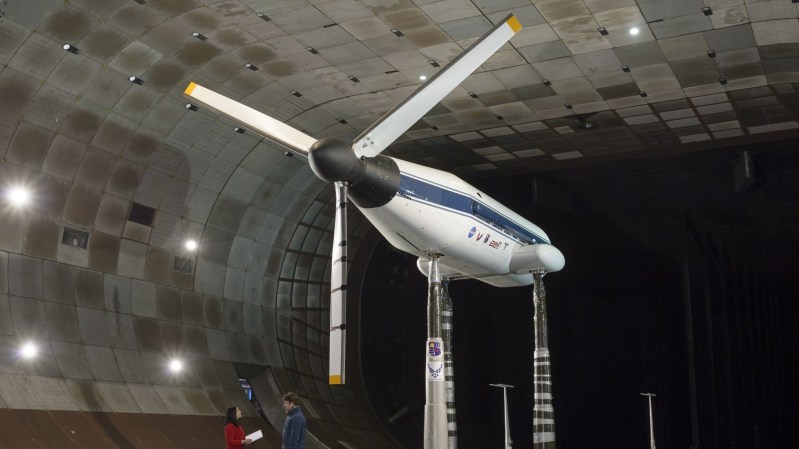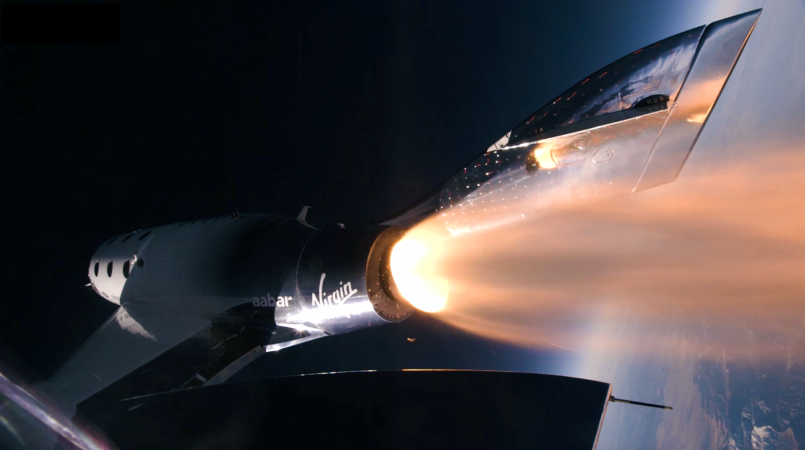

A potentially new frontier of lunar exploration began at NASA’s Kennedy Space Center in Florida in the wee hours of the morning. Intuitive Machines’ robotic Odysseus lunar lander successfully launched atop a SpaceX Falcon 9 rocket on February 15 at 1:05 a.m. EST. The uncrewed lander was successfully separated from the rocket about an hour after launch, beginning its 230,000-mile journey towards the moon.
If the mission goes as planned, Odysseus will land on the moon on February 22, where it would be the first private spacecraft to conduct a successful lunar landing. Only government-funded programs from Russia, China, India, the United States, and most recently Japan have performed a lunar landing.
[Related: This private lander could be the first US machine on the moon this century.]
“It is a profoundly humbling moment for all of us at Intuitive Machines,” the company’s vice president of space systems Trent Martin said during a pre-launch press conference. “The opportunity to return the United States to the moon for the first time since 1972 demands a hunger to explore, and that’s at the heart of everyone at Intuitive Machines.”

The spacecraft is a hexagonal cylinder with six landing legs and is roughly 14 feet tall and five feet wide. Intuitive Machines calls the spacecraft design Nova-C and notes that it’s about the size of a classic red London telephone booth. When fully loaded with fuel, it weighs about 4,200 pounds.
The lander is aiming to touch down 186 miles away from the moon’s south pole. This region has cliffs, craters, and possibly frozen water. NASA is the main sponsor of the mission, paying Intuitive Machines about $118 million to deliver its payload to the moon. NASA hopes that if this mission is successful it will jumpstart the lunar economy ahead of future crewed missions. The space agency plans to land astronauts there later this decade. The six navigation and tech experiments in the lander’s payload that will collect data critical for these missions.

“NASA scientific instruments are on their way to the moon–a giant leap for humanity as we prepare to return to the lunar surface for the first time in more than half a century,” NASA Administrator Bill Nelson said in a statement. “These daring moon deliveries will not only conduct new science at the moon, but they are supporting a growing commercial space economy while showing the strength of American technology and innovation. We have so much to learn through CLPS flights that will help us shape the future of human exploration for the Artemis Generation.”
A camera constructed by students at Embry-Riddle Aeronautical University and an art project by Jeff Koons are also making the lunar journey.
Employees at Intuitive Machines held a naming contest to select the lander’s moniker, picking Odysseus after the hero in the ancient Greek poem the Odyssey by Homer. Engineer Mario Romero suggested the name as an analogy for a mission to the moon.
[Related: Watch a giant, inflatable space station prototype explode during its intentional ‘ultimate burst.’]
“This journey takes much longer due to the many challenges, setbacks and delays,” Romero said in a statement. “Traveling the daunting, wine-dark sea repeatedly tests his mettle, yet ultimately, Odysseus proves worthy and sticks the landing back home after 10 years.”
Odysseus launches one month after Pittsburgh-based Astrobotic’s Peregrine lunar lander failed to complete its mission. The spacecraft burned in the Earth’s atmosphere about 10 days after a broken fuel tank and massive leak caused the mission to fail. Other attempts to get a privately-built lunar lander on the moon include Israel’s Beresheet lander in 2019 and Japan’s Hakuto-R Mission 1 lander in 2023.
